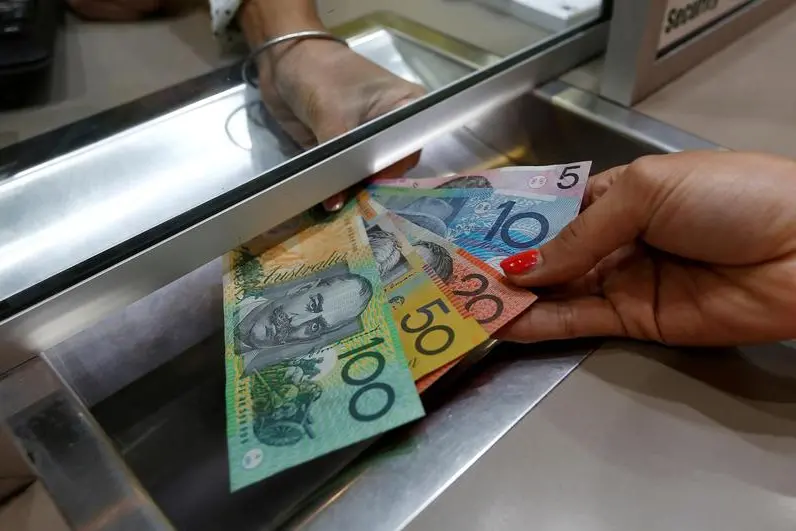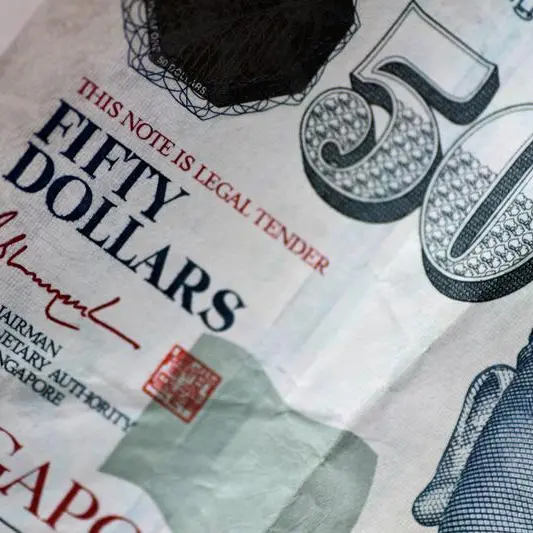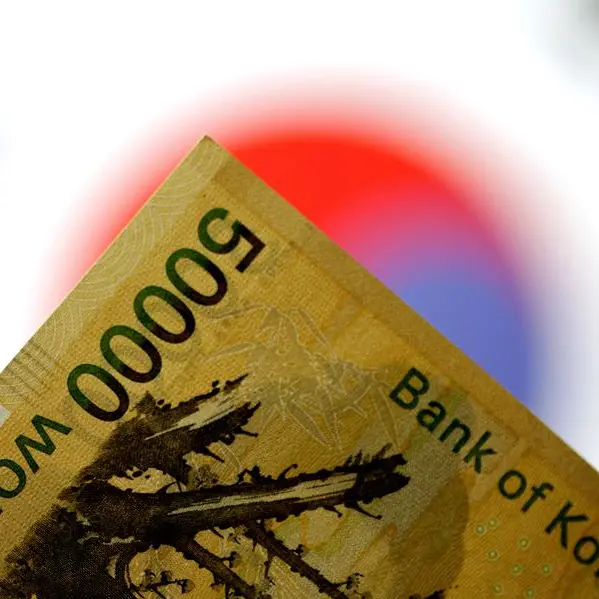PHOTO
The Australian and New Zealand dollars dipped on the safe-haven U.S. dollar on Friday, as risk aversion swept European markets, though that also lifted the Antipodeans to multi-month highs on a struggling euro.
The currencies also gained on the yen, as the Bank of Japan confirmed it would taper its bond buying, but only after its July policy meeting which is more than six weeks away.
Overnight, political uncertainty led to a sharp rise in French and Italian bond yields and a sea of red in European stock markets, slugging the single currency.
The Aussie notched a five-month top at 0.6182 per euro , having climbed 1.3% for the week so far, while the kiwi reached six-month highs of 0.5749 a euro.
The Aussie eased a touch to $0.6629, but was still up 0.7% on the week, while the kiwi also added 0.7% for the week to $0.6151.
The shift to safety combined with a soft reading on U.S. producer prices to boost bonds, pulling Australian 10-year yields down to a two-month trough of 4.138%.
Benign U.S. inflation data has seen markets narrow the odds on a September rate cut from the Federal Reserve, and in turn wager on earlier cuts in Australia and New Zealand.
Futures now imply a 63% probability the Reserve Bank of Australia (RBA) will ease rates by December, compared to 30% at the end of last week.
The central bank's board meets next week and is certain to hold rates at 4.35%, and likely reiterate that risks on inflation and policy are balanced.
"Our expectation for a material loosening in the labour market is a key reason why our base case sees the RBA commence an easing cycle in November," said Gareth Aird, head of Australian economics at CBA.
"But given the challenging underlying inflation backdrop and a shortening runway between now and November, the risk to our call is increasingly moving towards a later start date for an easing cycle."
For the Reserve Bank of New Zealand (RBNZ), markets imply a 50-50 chance of a rate cut in October, with a quarter-point easing to 5.25% fully priced for November.
The case for a cut was aided by data out Friday that showed food prices unexpectedly fell 0.2% in May, dragging annual food inflation down to 0.2% from a peak of 12.5% last June.
"Notably, the easing in inflation is occurring in discretionary spending areas, which tend to be sensitive to interest rates," said Satish Ranchhod, an economist at Westpac. "That's a sign that monetary policy is working."
"Today's result also adds to the likelihood that inflation will slip back inside the RBNZ's 1% to 3% target band by the end of this year." (Reporting by Wayne Cole; Editing by Rashmi Aich)























